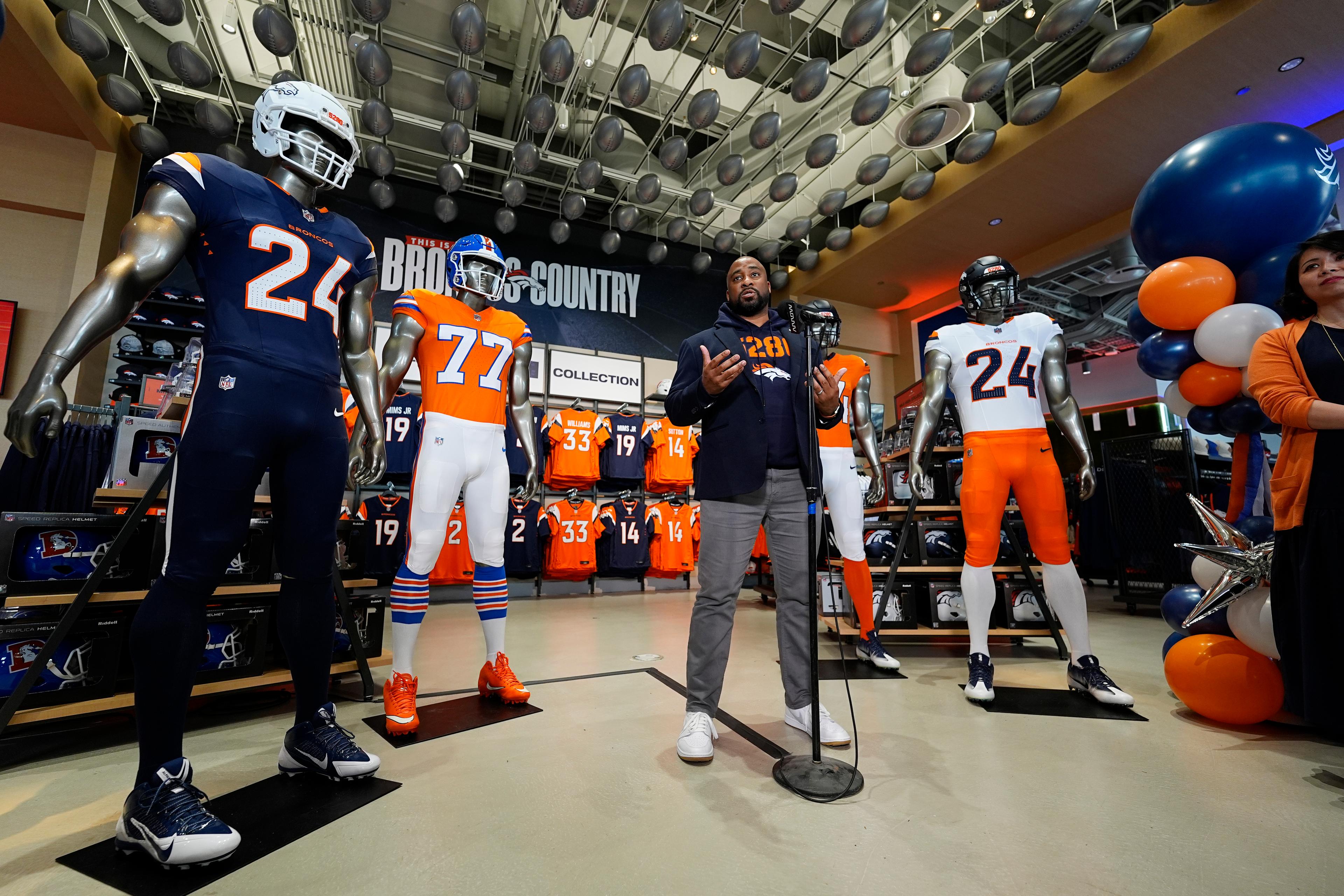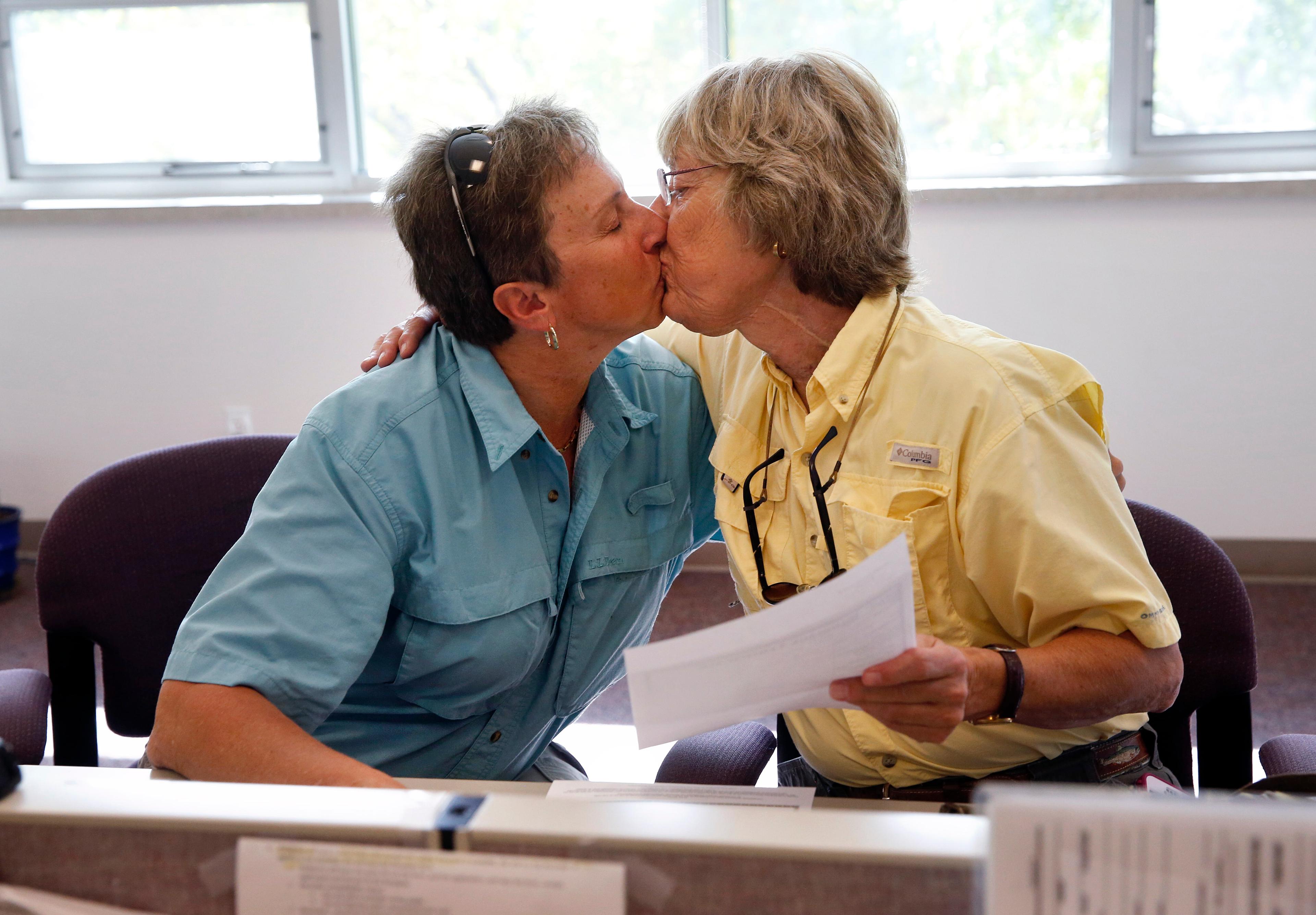This is “Looking UP! in southern Colorado,” from the Colorado Springs Astronomical Society. I’m Hal Bidlack, and there are lots of reasons to look up!
The planet Uranus, and that’s how we’re going to pronounce it because most of us aren’t 12, was the first planet discovered by astronomers. It’s too dim to be visible to the naked eye and William Herschel discovered it in 1781 through a telescope. Herschel had hoped to name his new discovery “Georgian Sidus” in honor King George the third, but happily was overruled.
Uranus is a strange and confusing planet. While being much larger than the Earth, it is far less dense – and is the smallest of the gas giant planets in our solar system. A day on Uranus only lasts a bit over 17 hours, but here’s the weird part – it rotates backwards relative to the other planets, except for Venus, which also rotates backwards. But what’s really freaky is that its axis is tilted 98° relative to its orbit. That means instead of spinning like a top, Uranus orbits the sun like a ball rolling on its side. One theory suggests that billions of years ago a body roughly the size of the Earth struck Uranus a glancing blow which tipped it over.
Because Uranus takes 84 years to complete one orbit, the North Pole of Uranus gets 42 continuous years of sunlight followed by 42 continuous years of utter darkness, although light and dark are relative terms when you are 1.8 billion miles out from the sun.
Uranus is also unspeakably cold, with temperatures dipping to 371° below zero. And wind-chill could also be a factor, given that the winds regularly blow at over 560 mph. So, take a sweater.
Uranus has 13 known rings, which we learned when the Voyager 2 spacecraft flew past the planet in 1986 – are only visit to Uranus so far. The rings are very narrow, only a few miles across, and astronomers theorize that the rings are relatively new, perhaps the result of moons colliding. Currently, Uranus has 27 moons left.
If you’d like to take a closer look at Uranus or any of the other wonderful and amazing things in the sky, please visit KRCC.org or CSASTRO.org for a link to information on our monthly meetings and our free public star parties!
This is Hal Bidlack for the Colorado Springs Astronomical Society, telling you to keep looking up, Southern Colorado!







